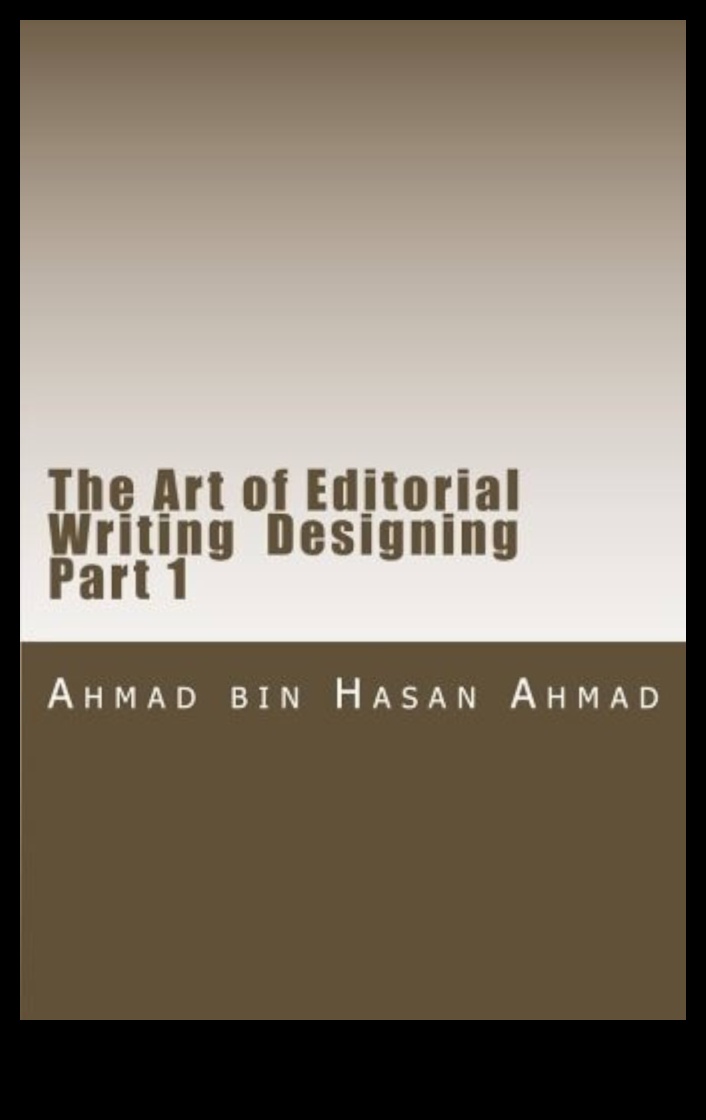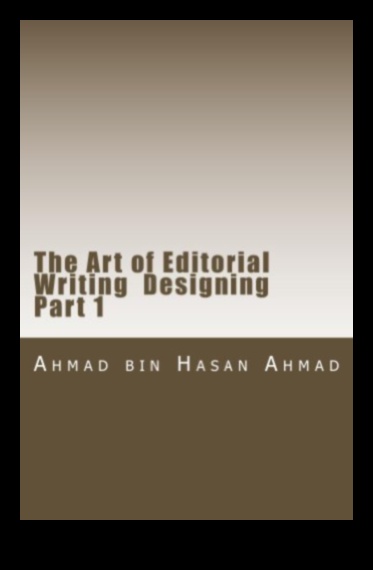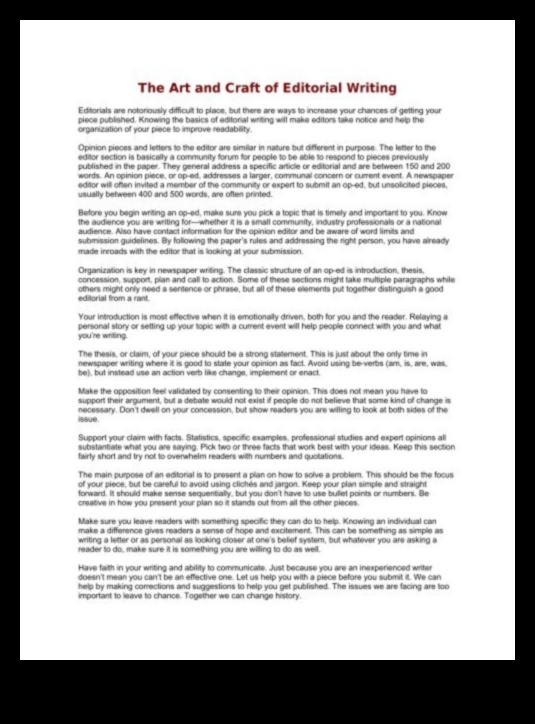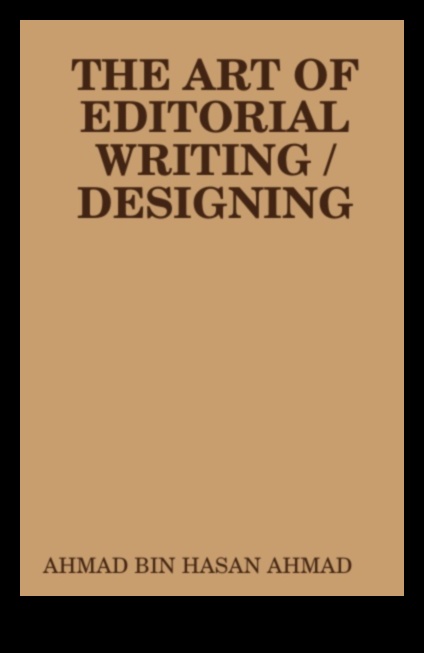
An editorial piece is a type of writing that expresses the opinion of the author on a particular topic. Editorials are typically published in newspapers, magazines, and other publications, and they are often written by columnists or other experienced writers.
Editorials are important because they provide a platform for writers to share their opinions on important issues. They can also help to shape public opinion and influence the decisions of policymakers.
There are a number of different types of editorial pieces, including:
- News editorials: These editorials provide commentary on current events.
- Policy editorials: These editorials offer opinions on political issues.
- Feature editorials: These editorials explore a particular topic in depth.
- Personal editorials: These editorials share the author’s personal experiences or opinions.
Writing an effective editorial piece requires a strong understanding of the topic, as well as the ability to write clearly and persuasively. Editorials should be well-researched and well-written, and they should be able to engage readers and make them think about the issue at hand.
If you are interested in writing an editorial piece, there are a few things you can do to get started:
- Choose a topic that you are passionate about.
- Do your research on the topic.
- Write a clear and concise thesis statement.
- Support your thesis statement with evidence.
- Edit your work carefully before submitting it.
Writing an editorial piece can be a rewarding experience, and it can be a great way to share your opinions on important issues. If you are interested in learning more about editorial writing, there are a number of resources available online and in libraries.
| Topic | Answer |
|---|---|
| What is editorial content? | Editorial content is written by a third-party author and is typically published on a website or in a magazine. It is typically opinionated and aims to inform or persuade the reader. |
| Why is editorial content important? | Editorial content can help to build a relationship with your audience, establish your credibility as a thought leader, and drive traffic to your website. |
| How to create effective editorial content | To create effective editorial content, you need to have a strong understanding of your audience, write in a clear and concise style, and use strong arguments to support your points. |
| Where to publish editorial content | You can publish editorial content on your own website, on other websites, or in print magazines. |
| Promoting your editorial content | You can promote your editorial content by sharing it on social media, submitting it to directories, and reaching out to influencers. |

What is editorial content?
Editorial content is written content that expresses the opinion of the author or publisher. It is typically published in newspapers, magazines, and other publications, and it can also be found on websites and blogs. Editorial content is often used to provide commentary on current events, to share opinions on important issues, and to promote a particular point of view.
III. Why is editorial content important?
Editorial content is important for a number of reasons. First, it can help you to build your brand and establish your authority as a thought leader in your industry. When you write editorial content, you are sharing your expertise and insights with your audience, and this can help to position you as a go-to source for information on your topic.
Second, editorial content can help you to attract new readers to your website or blog. When you publish high-quality, informative content, it will help to attract people who are interested in the topic you are writing about. This can lead to increased traffic to your website or blog, which can ultimately lead to more leads and sales.
Third, editorial content can help you to improve your search engine rankings. When you write content that is relevant to your target audience and that is well-written and informative, it will be more likely to rank well in search engine results pages (SERPs). This can help you to reach a wider audience and generate more traffic to your website or blog.
Finally, editorial content can help you to build relationships with your audience. When you write content that is interesting, informative, and engaging, it will help you to build trust and credibility with your readers. This can lead to increased engagement on your website or blog, as well as more opportunities to convert your readers into customers.

IV. How to create effective editorial content
Effective editorial content is well-written, informative, and engaging. It should be relevant to your target audience and should be written in a clear and concise style. Here are some tips for creating effective editorial content:
- Do your research. Make sure you have a good understanding of the topic you’re writing about.
- Write for your audience. Tailor your content to the interests and needs of your target audience.
- Use clear and concise language. Avoid jargon and technical terms that your audience may not understand.
- Proofread your work carefully before publishing.
By following these tips, you can create effective editorial content that will engage your readers and help you achieve your business goals.

V. Where to publish editorial content
There are many different places where you can publish editorial content, including:
- Your own website or blog
- Other websites or blogs
- Magazines
- Newspapers
- Trade publications
- E-books
- White papers
- Podcasts
- Videos
When choosing where to publish your editorial content, it is important to consider the following factors:
- Your target audience
- The type of content you are creating
- The reach of the publication
- The cost of publishing
By considering these factors, you can make sure that your editorial content is published in the right place for maximum exposure and impact.

VI. Promoting your editorial content
Once you have created and published your editorial content, it is important to promote it so that it reaches as many people as possible. There are a number of ways to do this, including:
- Sharing it on social media
- Submitting it to relevant directories
- Reaching out to influencers in your industry
- Running paid advertising campaigns
By promoting your editorial content, you can increase your reach and visibility, and ultimately drive more traffic to your website or blog.
VII. Avoiding common editorial content mistakes
There are a number of common mistakes that editorial content creators make. Avoiding these mistakes can help you create more effective content that engages your audience and achieves your desired results.
Some of the most common editorial content mistakes include:
- Writing content that is not relevant to your target audience
- Writing content that is too long or too short
- Writing content that is not well-written or edited
- Not promoting your content effectively
By avoiding these mistakes, you can improve the quality of your editorial content and increase your chances of success.
Here are some tips for avoiding common editorial content mistakes:
- Do your research to understand your target audience and what they are interested in.
- Write content that is concise and easy to read.
- Proofread your content carefully before publishing it.
- Promote your content on social media and other channels.
By following these tips, you can create more effective editorial content that engages your audience and achieves your desired results.
Avoiding common editorial content mistakes
There are a number of common mistakes that editorial content creators make. By avoiding these mistakes, you can improve the quality of your content and increase its chances of success.
- Not doing your research. Before you start writing, make sure you have a good understanding of the topic you’re writing about. This means reading up on the latest news and information, and talking to experts in the field.
- Writing in a biased way. Editorial content should be objective and informative, not opinionated. Avoid using inflammatory language or making unsubstantiated claims.
- Not proofreading your work. Before you hit publish, make sure you proofread your work carefully for errors in grammar, spelling, and punctuation.
- Not promoting your content. Once you’ve published your content, you need to promote it so that people will actually see it. This means sharing it on social media, submitting it to relevant directories, and reaching out to influencers in your industry.
By avoiding these common mistakes, you can improve the quality of your editorial content and increase its chances of success.
IX. Conclusion
In this guide, we have discussed the importance of editorial content, how to create effective editorial content, and where to publish your editorial content. We have also provided tips on promoting your editorial content and measuring its success. By following these tips, you can increase the visibility of your work and reach a wider audience.
If you have any questions about editorial content, please feel free to ask in the comments below.
FAQ
Q: What is editorial content?
A: Editorial content is written content that expresses the opinion of the author or publisher. It is typically published in newspapers, magazines, and other publications.
Q: Why is editorial content important?
A: Editorial content is important because it provides readers with a platform to share their opinions and perspectives on important issues. It can also help to inform and educate readers about important topics.
Q: How to create effective editorial content?
A: To create effective editorial content, you need to:
- Write with a clear and concise voice.
- Support your arguments with evidence.
- Be respectful of other viewpoints.